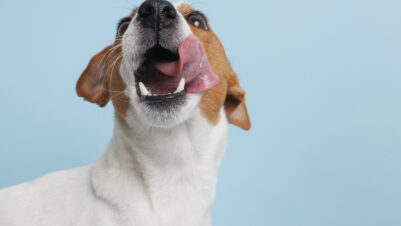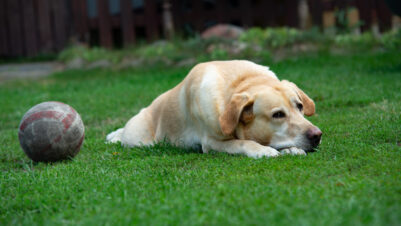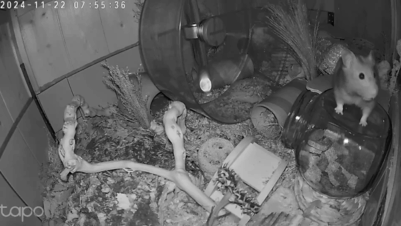Imagine this scenario: a post-audit survey of cat owner compliance with annual vaccination recommendations revealed that some owners are reluctant to bring their cat to the veterinarian, unless the cat is unwell, because their cat becomes visibly stressed and difficult to handle.
You want to improve compliance with your recommendations and reduce stress in cats undergoing clinical examinations. You have anecdotally heard that gabapentin could be used for this purpose, so you decide to review the published evidence. Does the evidence suggest that gabapentin can be used to lower levels of stress in cats visiting the vets?
Evidence
Van Haaften et al. (2017) investigated the use of a single dose of gabapentin (100mg) in pet cats, administered before transport and a veterinary examination. Each cat had two clinic visits one week apart and received one of two treatments on each visit, gabapentin or a placebo. The treatment on the first visit was randomly allocated to each, with the second being given on the remaining visit. The owner administered the treatment or placebo 90 minutes before placing the cat into a carrier and visiting the veterinary clinic. After a standard examination, video recordings were reviewed by two board-certified veterinary behaviourists. The owners, veterinarian and video observers were blinded to the treatments being administered and various parameters were recorded.
Owner-assessed cat stress scores (CSS) during transportation were significantly lower when cats received gabapentin compared to the placebo. Owner-assessed, but not video observer-assessed, CSS during veterinary examination were significantly lower when cats received gabapentin compared to the placebo. After controlling for fixed effects and individual variation, the combined owner and video observer CSS during the examination showed a statistically significant stress-reducing effect of gabapentin.
The combined veterinarian and video observer examination of ease of handling of the cat (compliance score; CS) showed a significant stress-reducing effect of gabapentin, with the cats reportedly easier to handle after its administration. Some temporary adverse effects were exhibited by some cats on gabapentin, including ataxia and vomiting, all of which disappeared within eight hours of administration.
Pankratz et al. (2018) examined the use of a single dose of gabapentin in community cats in a randomised, placebo-controlled, double-blinded trial with three treatment groups: placebo, low dose gabapentin (50mg) and high dose gabapentin (100mg). A veterinarian blind to treatment and not involved in data collection allocated the treatment groups and administered the treatment. A baseline measurement was taken, then the treatment was administered and the cats were observed for the next 12 hours.
Cats in the low and high dose gabapentin groups had a significantly lower CSS at two and three hours post-treatment compared to the placebo group with no significant differences between gabapentin groups. Cats in the high dose gabapentin group had a significantly lower respiratory rate at one and three hours post-treatment, compared to the placebo group. No adverse effects that were unique to gabapentin-treated cats were identified.
Conclusion
There is moderate to strong evidence that gabapentin may be useful for reducing acute stress in cats stressed by veterinary interventions. A single dose of 100mg/cat was associated with a reduction in the levels of behavioural parameters associated with feline stress, as observed 90 to 180 minutes post-administration of the gabapentin. This effect was observed in cats given gabapentin prophylactically and in cats already showing a behavioural stress response. A lower dose of 50mg may also be sufficient. Consideration of these findings may encourage potentially stressful clinical procedures to be planned within the 90 to 180-minute period post-dosing where possible.
Some limited physiological measures were recorded that support the use of gabapentin as a stress reducer, eg reduced respiratory rate with high dose gabapentin, but additional objective physiological measures would be beneficial.
No studies demonstrated the use of repeated dosing of gabapentin, which may limit clinical application for longer duration stressors (eg during hospitalisation periods). Further research to determine multiple-dose efficacy or safety over longer-term stressor exposure would be useful.
The full Knowledge Summary can be read in RCVS Knowledge’s open access journal Veterinary Evidence.










